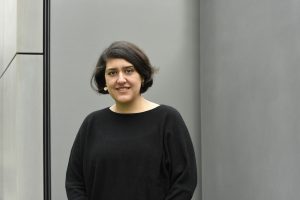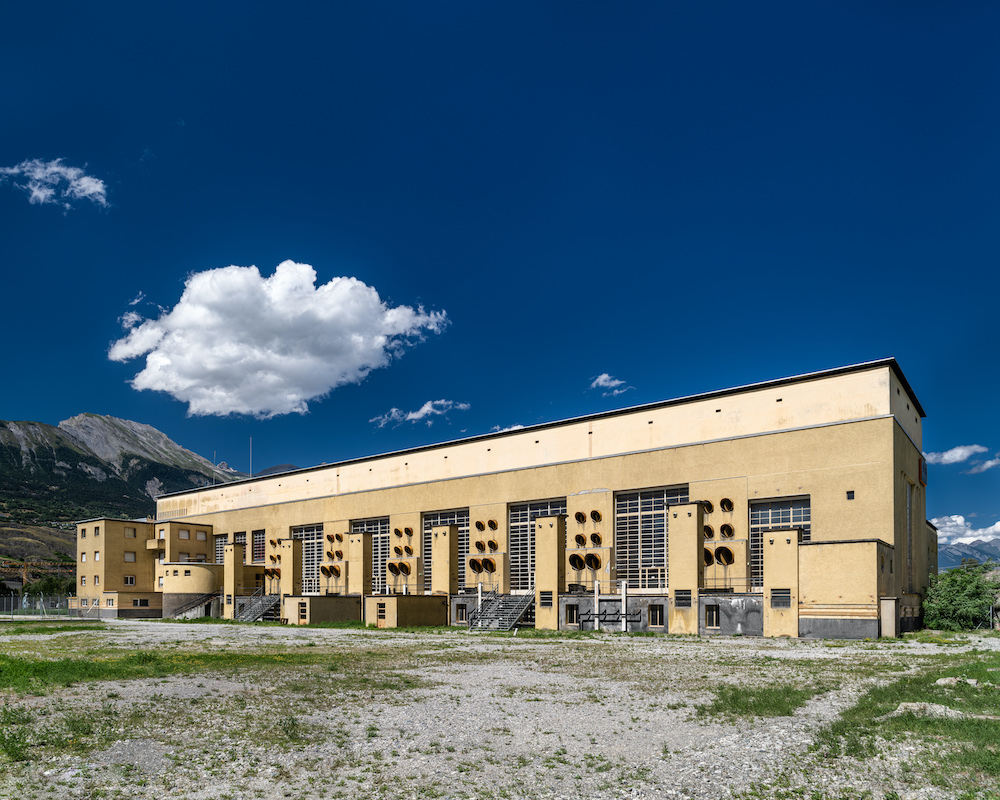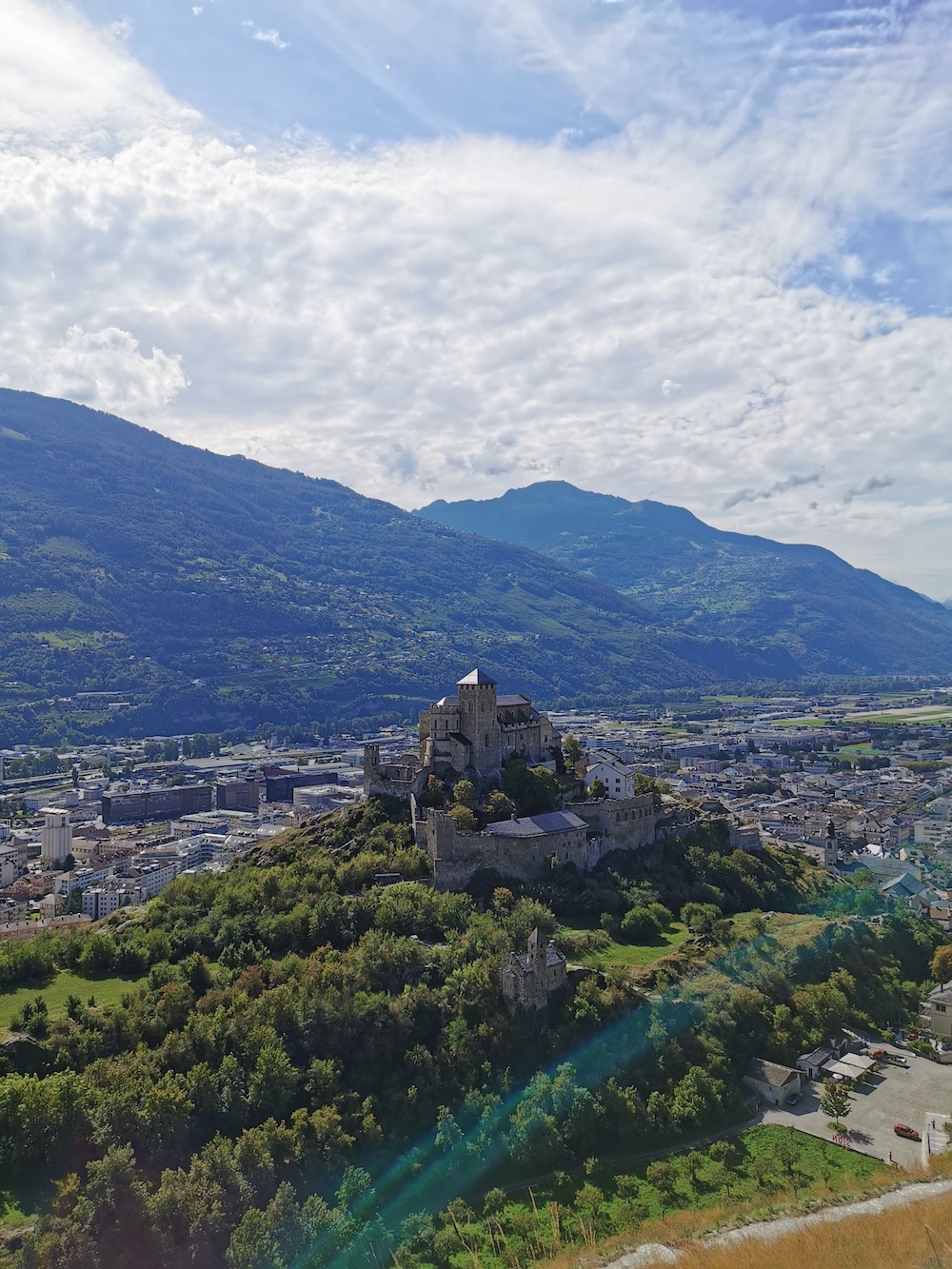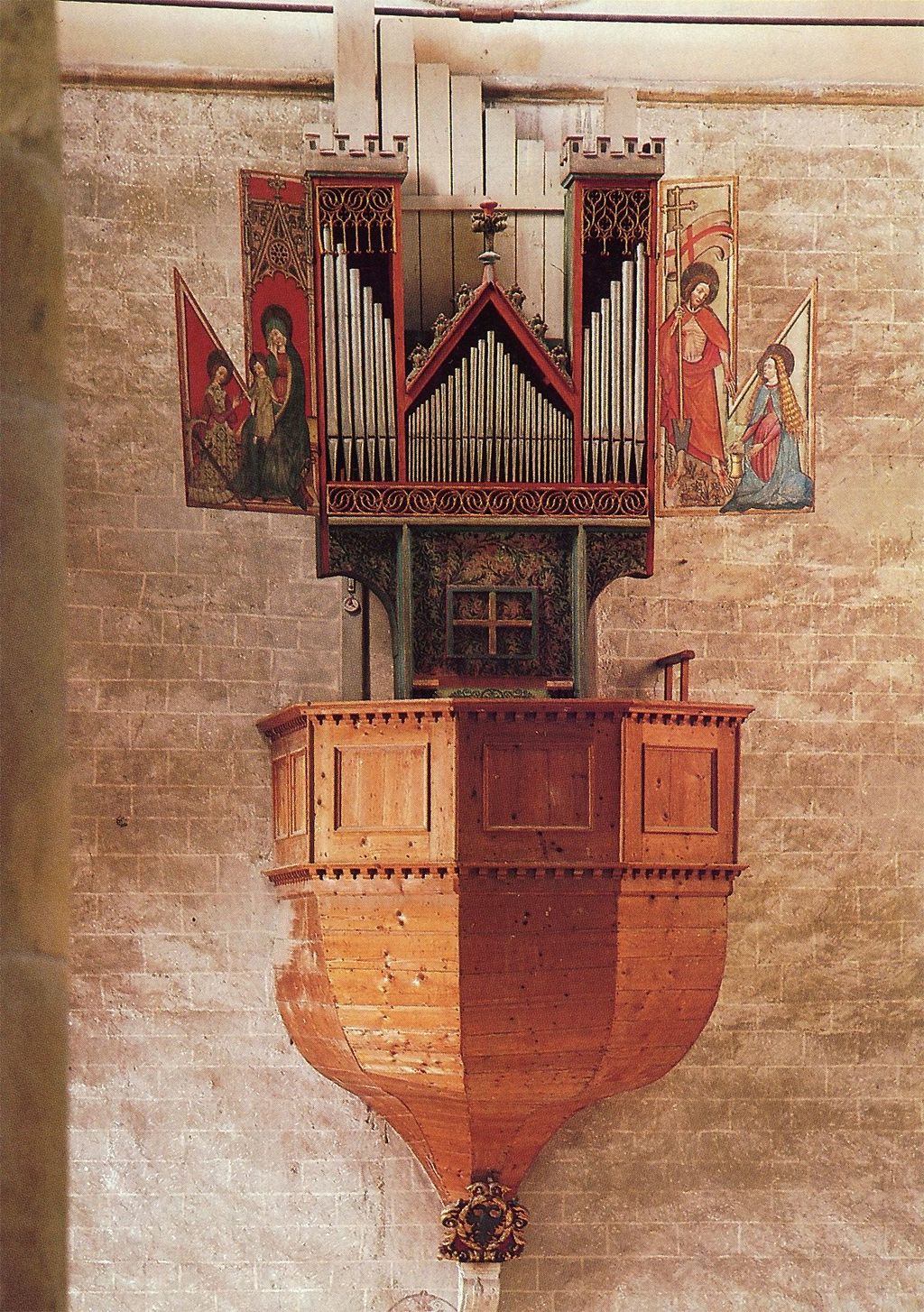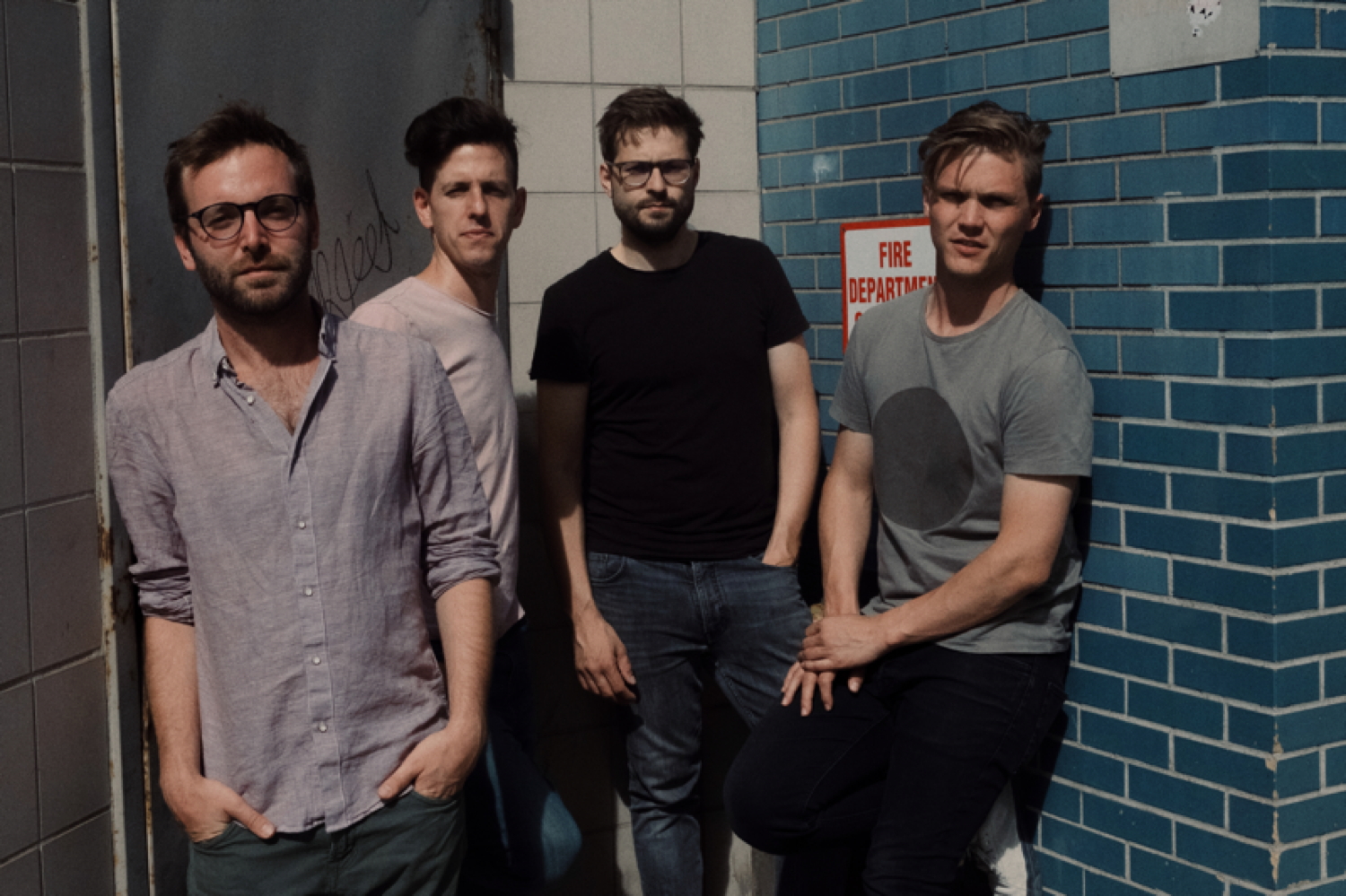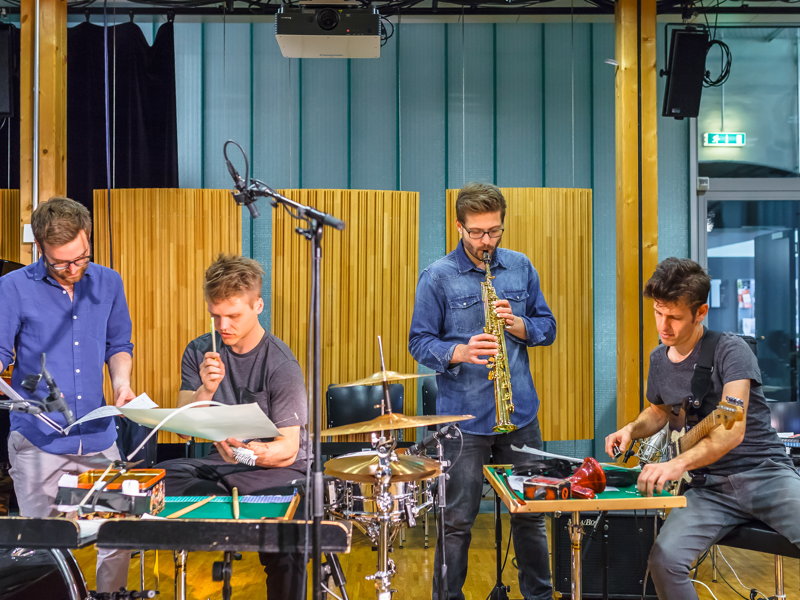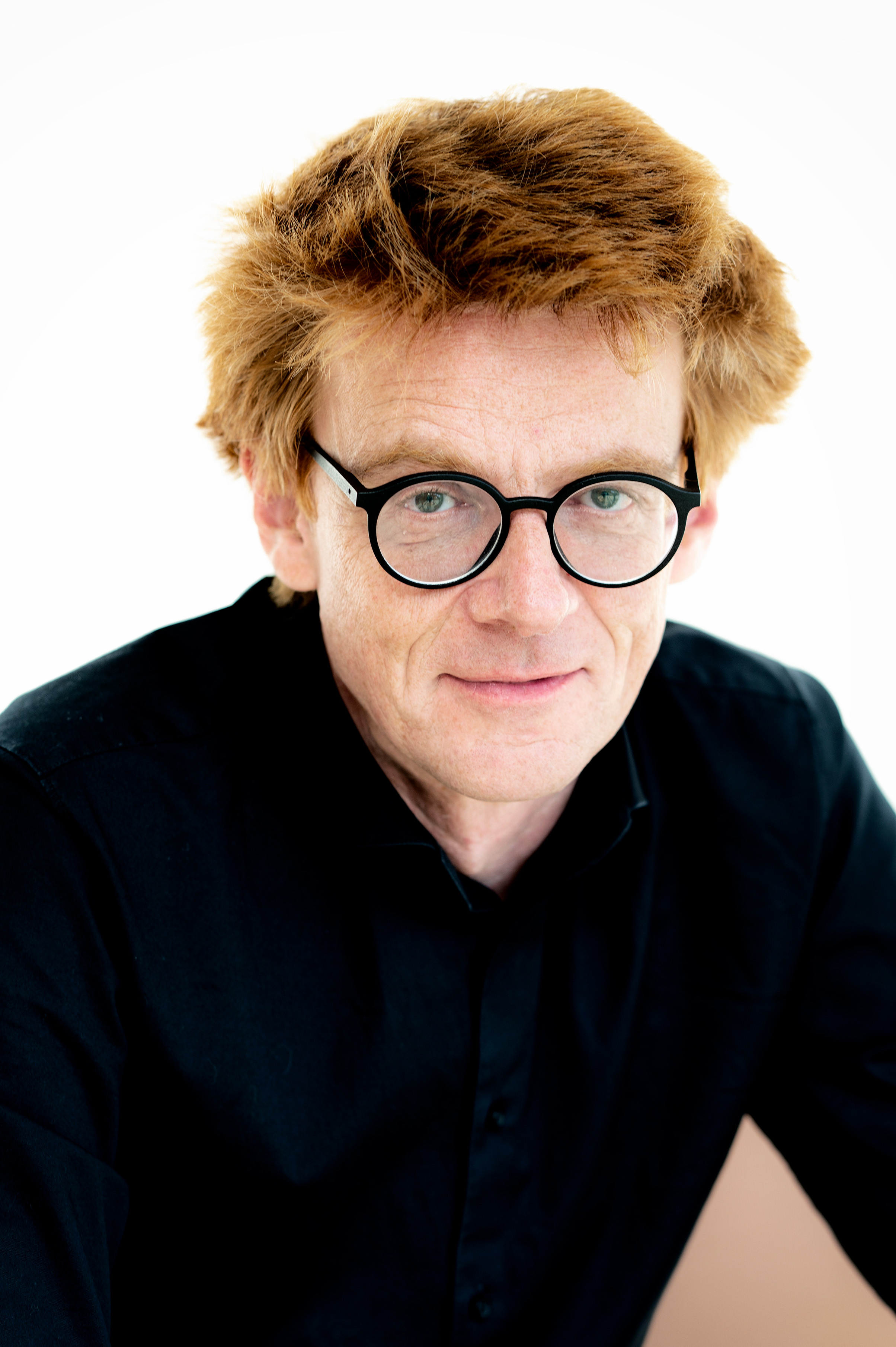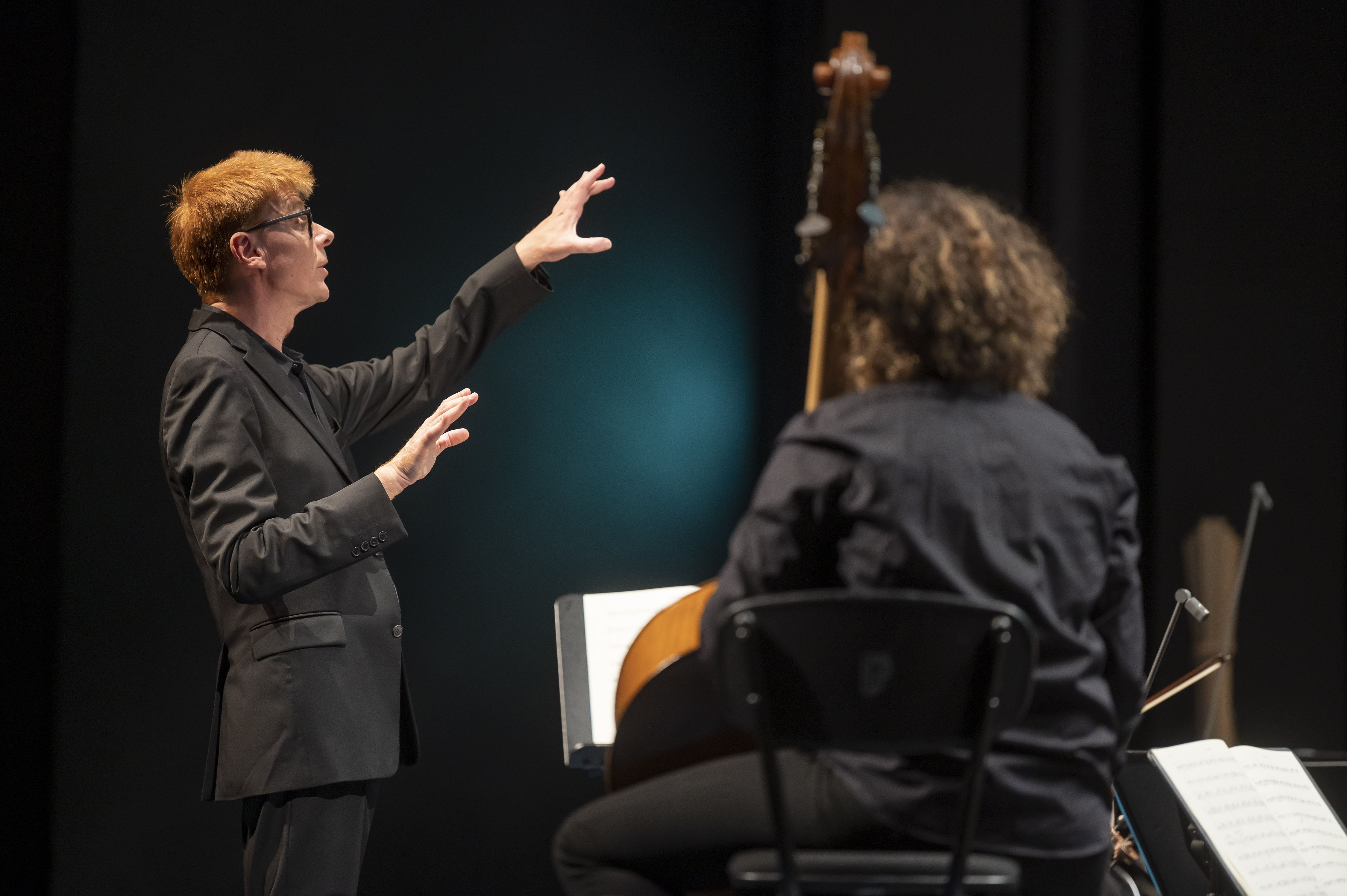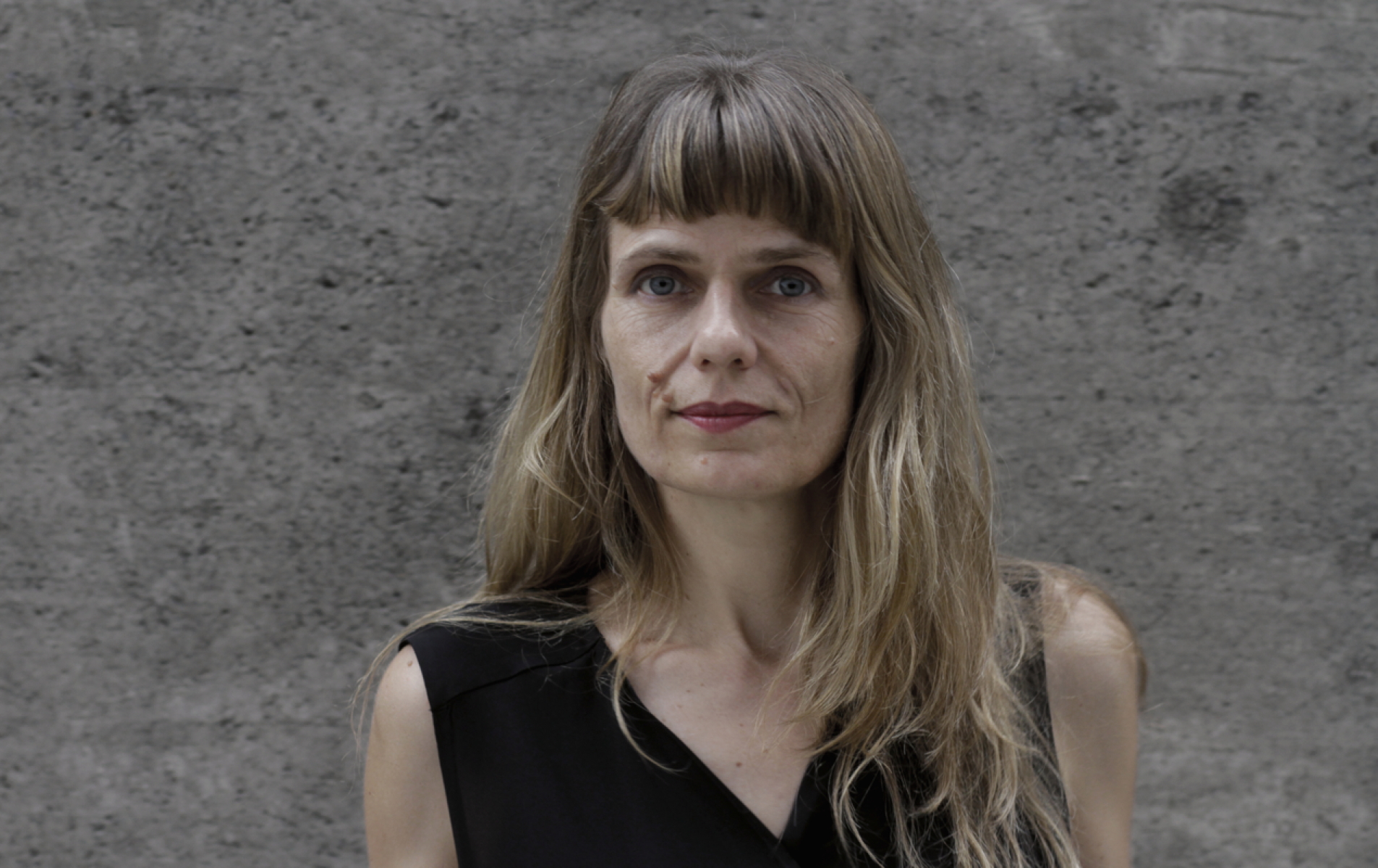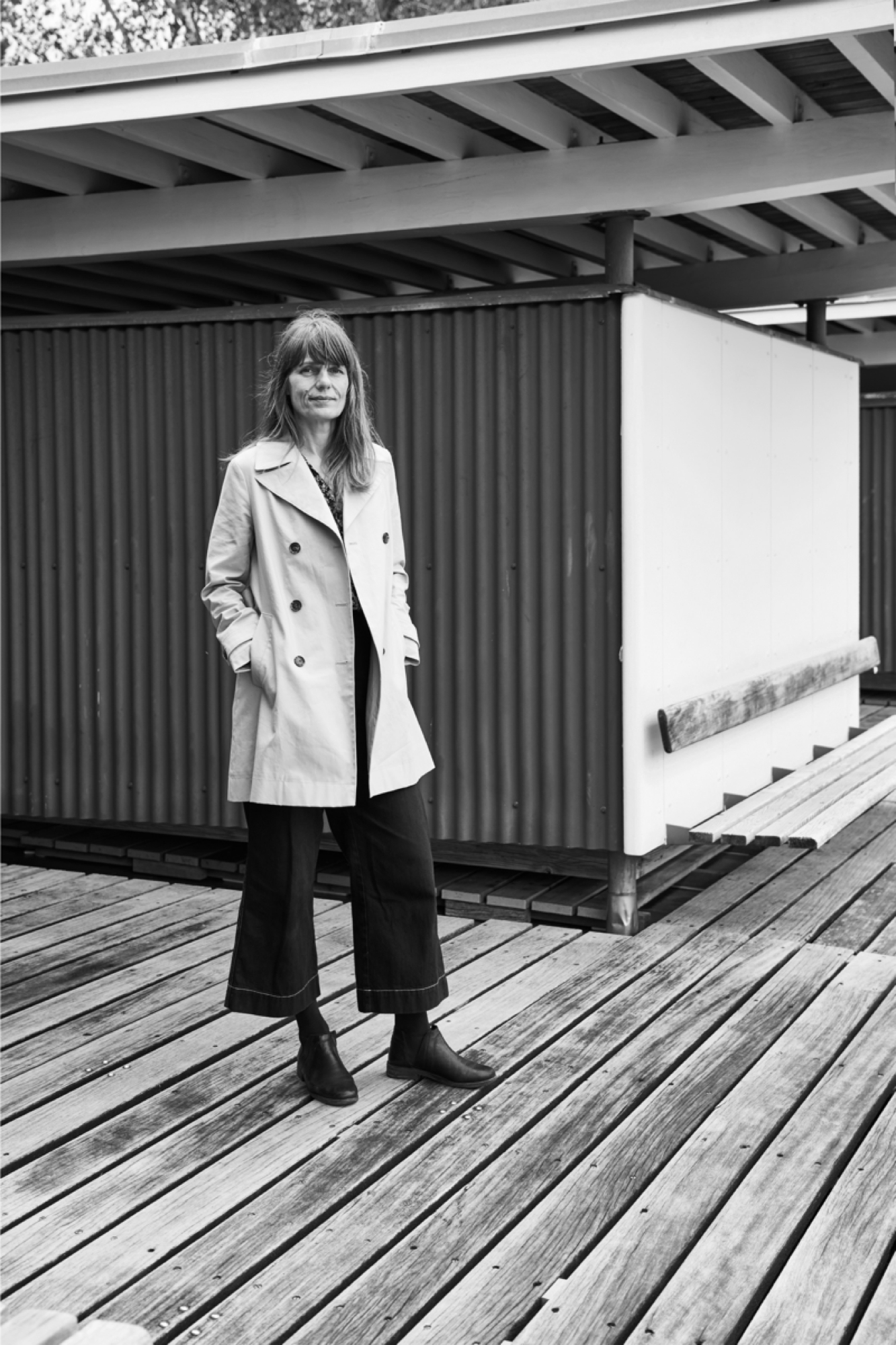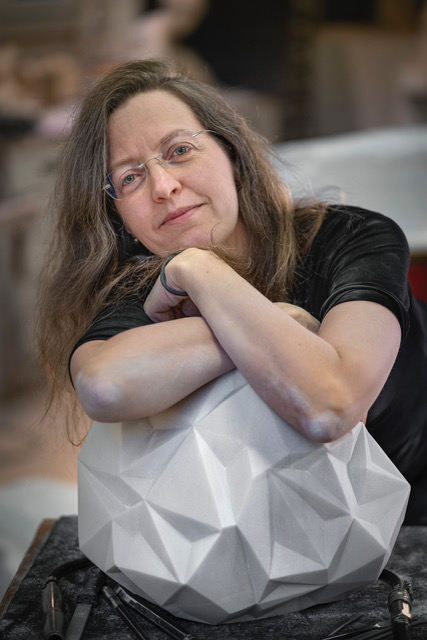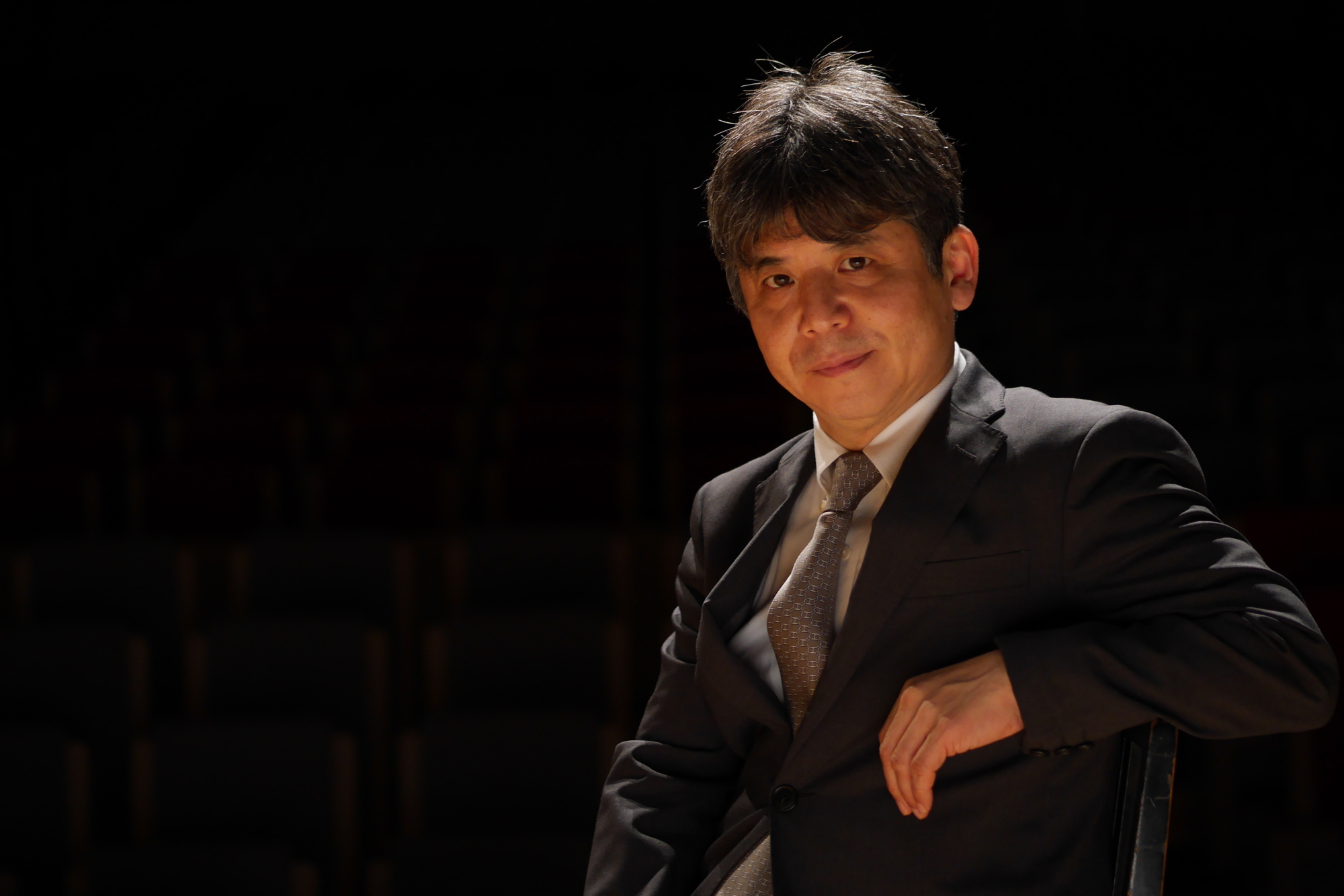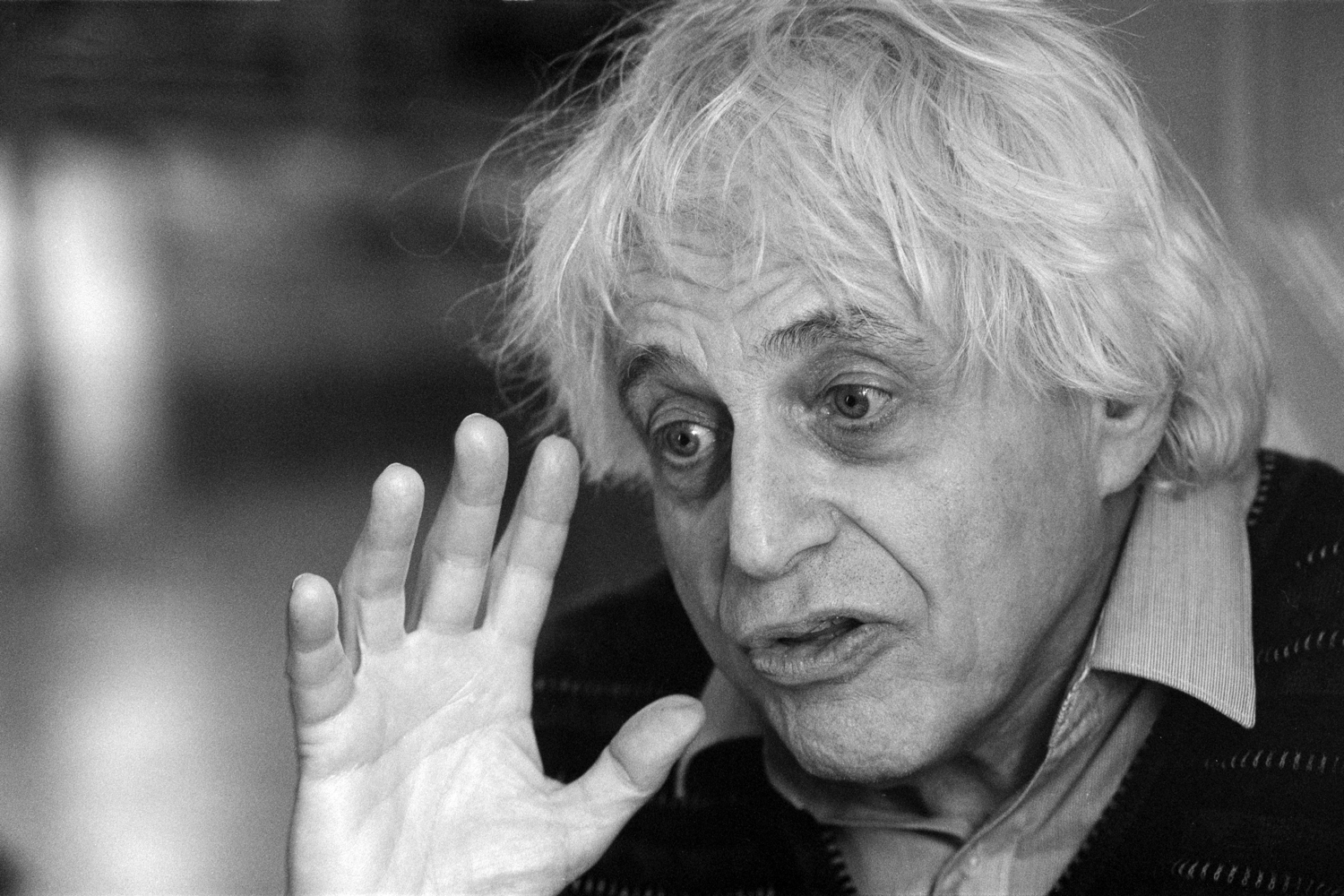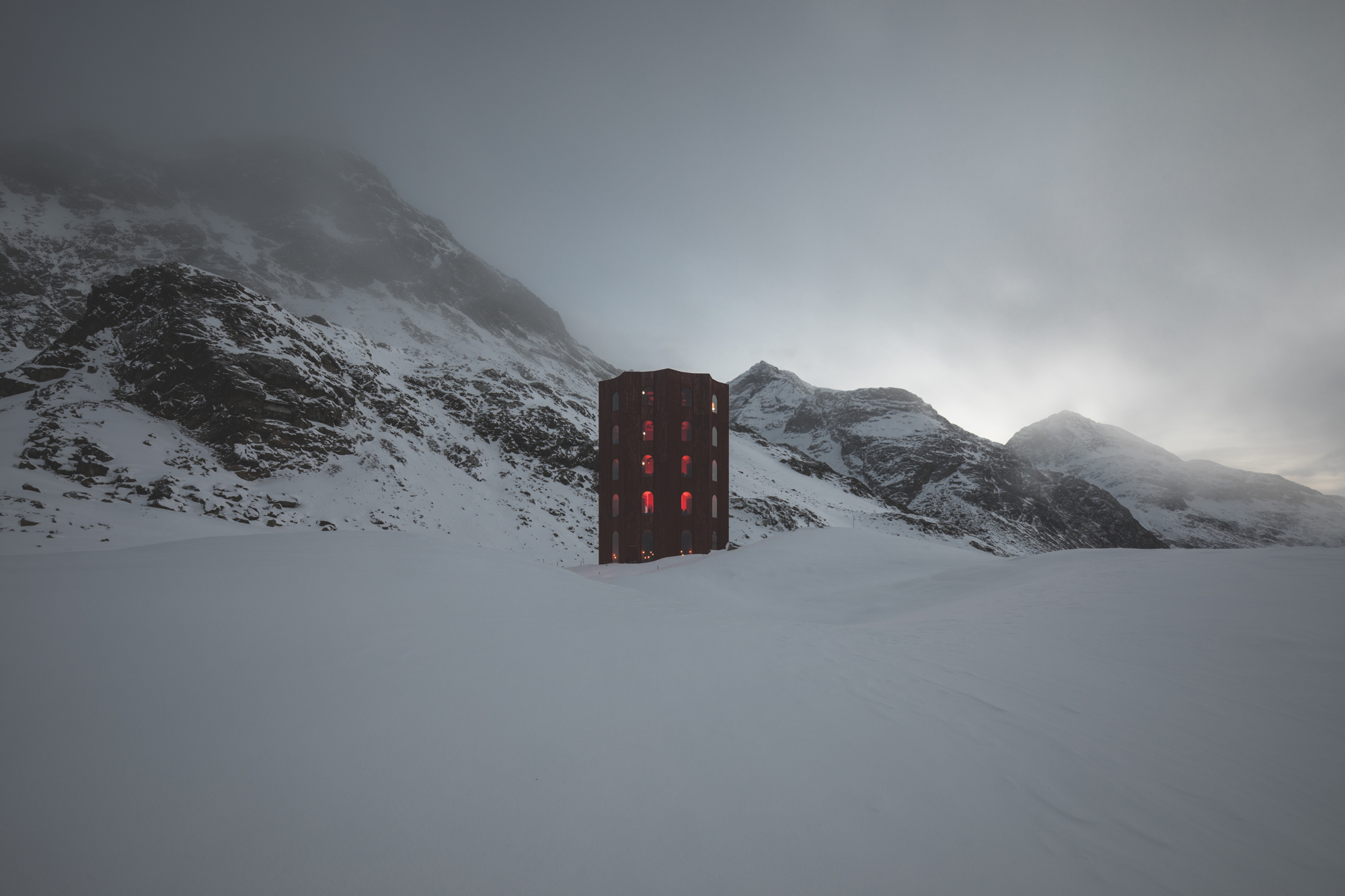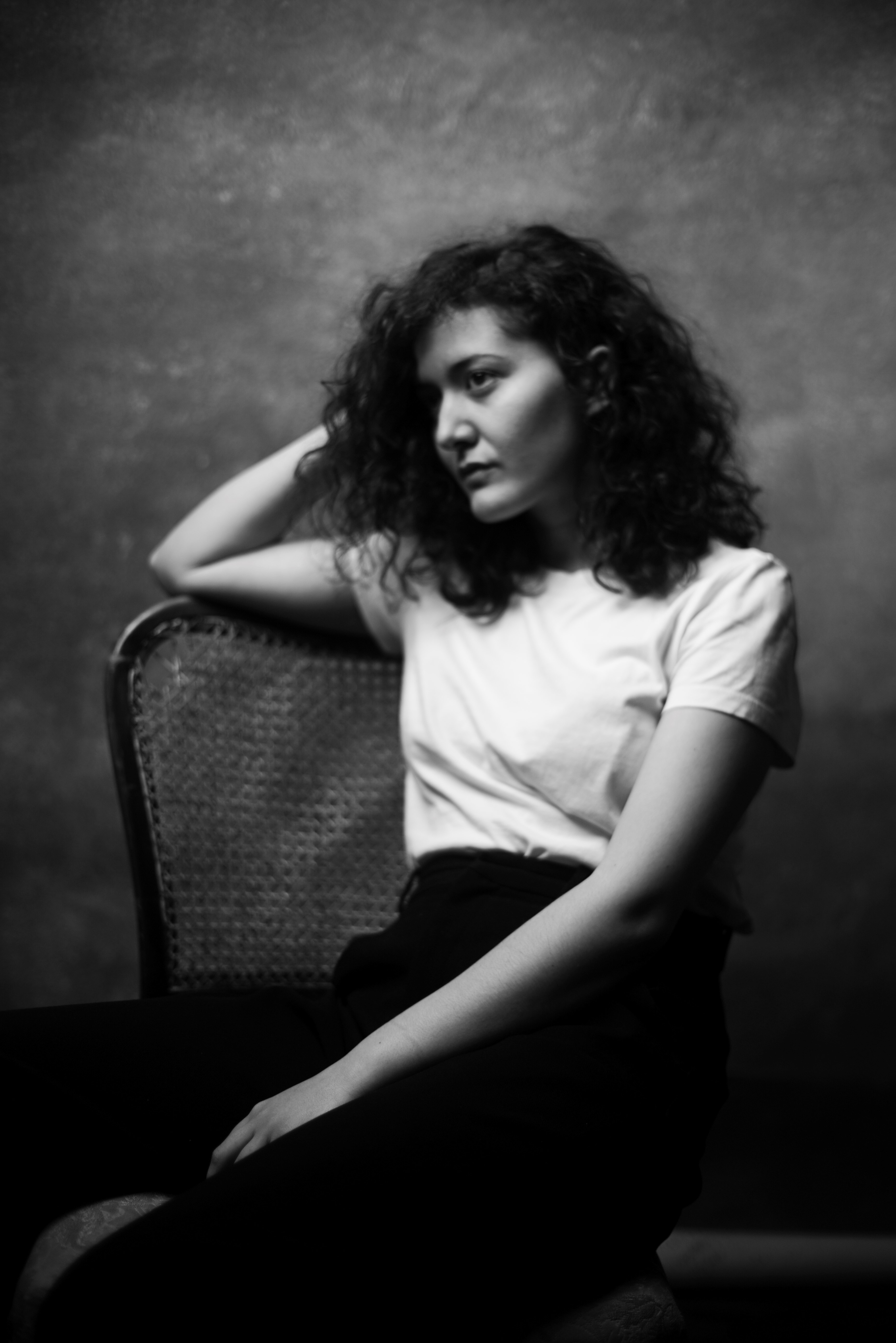Contrechamps Genève celebrates listening: partage ton Vinyle!
A busy season with numerous highlights just started for Ensemble Contrechamps Genève. The programme represents the new direction of Geneva’s most important ensemble for contemporary music under the artistic direction of percussionist Serge Vuille. He took over five years ago and has since radically reshaped the ensemble’s DNA. Conversation with Serge Vuille:
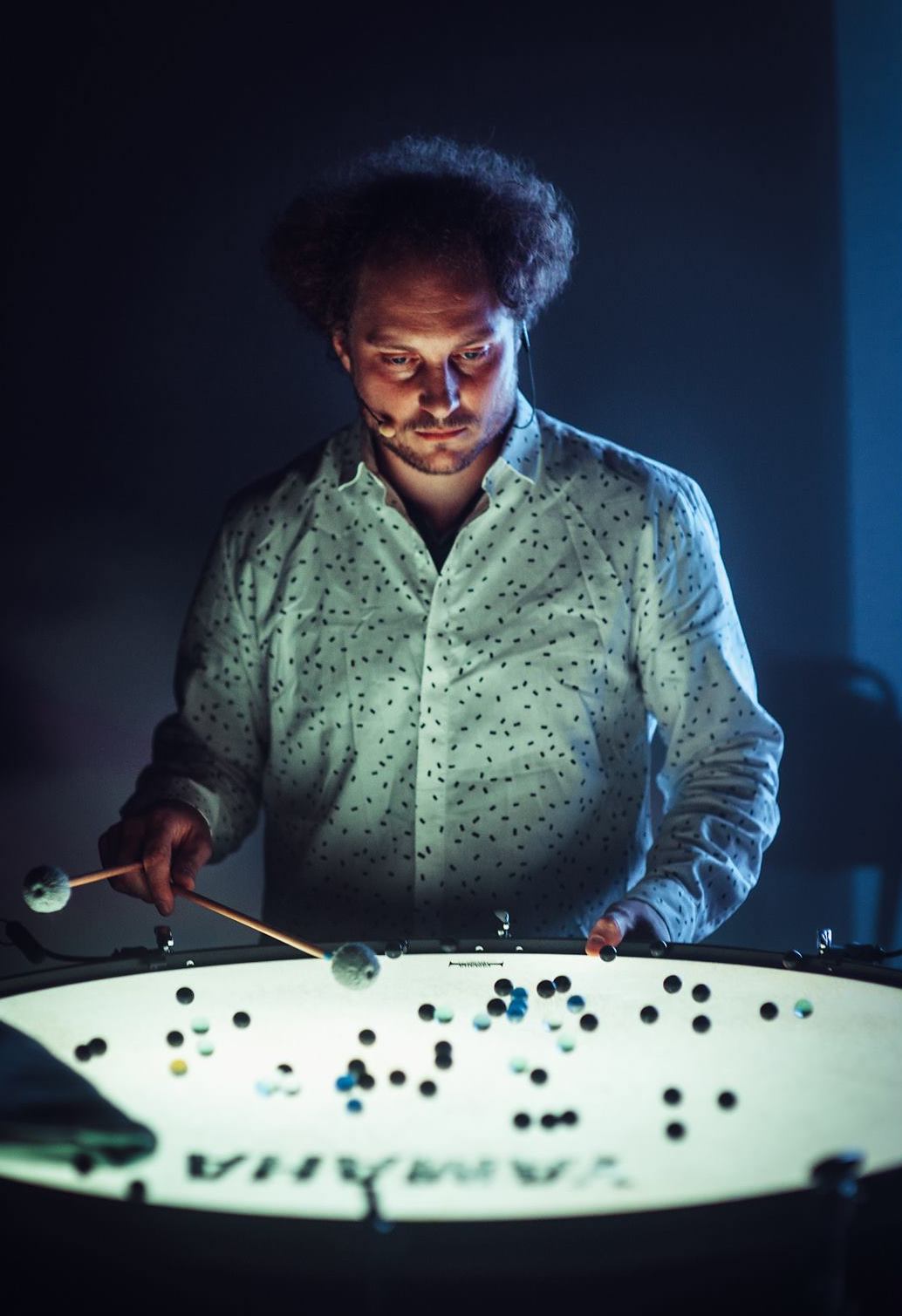
Gabrielle Weber
Contrechamps performs in Geneva’s Victoria Hall, opens the Biennale Musica Venezia as well as Sonic Matter Zurich festivals or simply invites you – without giving a concert – to a vinyl and neo.mx3.ch release listening weekend in Geneva. The different events are characteristic of the new direction of this long-established ensemble under the direction of Serge Vuille.
“Contrechamps seeks balance between different musical practices,” Vuille explains. On one hand, there are concerts with instrumental music for large ensembles, often linked to composers and Switzerland’s French-speaking young music scene; on the other hand, there are projects in connection with other disciplines and musical genres, in combination with visual and performative music, electronics, pop or jazz. Vuille is always interested in very special listening experiences.
The first part was represented at the beginning of the season by a concert to mark the 65th birthday of Geneva composer Michael Jarrell, with a “traditional”, conducted concert for large ensembles in Victoria Hall. Contrechamps commissioned seven new short pieces from its students. “We are thereby supporting and promoting the regional creative scene, which is an important objective for us,” says Vuille.
At the end of 2022, a tribute to Éric Gaudibert had taken place, Gaudibert was a composer from Lausanne who died ten years ago and had a significant influence on the scene. In addition to Gaudibert, 22 new pieces by former students had been performed, miniatures lasting only around one minute each, with very different, freely chosen instrumentation.
Éric Gaudibert, Skript, pour vibraphone et ensemble, Contrechamps, Bâtiment des Forces Motrices de Genève, Concours de Genève, 2009, in house-production SRG/SSR.
In a completely different context and setting, for the Biennale Musica Venezia opening, Contrechamps presented GLIA for instruments and electronics, a work by US electronic pioneer and sound artist Marianne Amacher, who died in 2009. Vuille is also interested in the aspect of special shared listening experiences in Amacher’s work: at the festival opening in a large, empty and darkened hall of Venice’s converted Arsenale shipyard, the large audience (including the author), surrounded by loudspeakers, followed extreme sound changes by wandering around and with the instrumentalists playing on a platform, as vibrating sound sculptures, or moving through the audience. “GLIA is almost a sound installation, part of it actually takes place in the listeners inner ear vibrations, not in the room and it is not based on a score, but on reports from those involved, which demands a high level of creativity from each individual performer,” says Vuille.

Back to the Gaudibert miniatures: they can now be found on one of the new vinyl records mentioned at the beginning and mark the start of the new Contrechamps/Speckled-Toshe vinyl series, together with the Lausanne label Speckled-Toshe. “The 22 composition commissions, each lasting one minute, were an immense amount of work and resulted in such diverse works that we wanted to conclude the homage with a lasting object of this new generation. The vinyl record is the most suitable format for this: there is hardly anything better in terms of recording and transfer quality”.
Daniel Zea, «Eric – Cara de Tigre» for ensemble and tape, one of the 22 miniatures on the new vinyl, Contrechamps / Speckled-Toshe 2023. The story: Gaudibert appeared to Zea in a dream shortly after his death as a laughing tiger: he cried for a long time afterwards between grief and joy.
For the vinyl launch, Contrechamps invited guests to a special listening experience: at les 6 toits, a trendy Geneva cultural centre on a former industrial wasteland, the public could listen to the new vinyl releases as well as its own favourite records in listening lounges during an entire weekend. The newly released Contrechamps audio archive on neo.mx3.ch was also celebrated with a vernissage and there were also live recordings and radio broadcasts on RTS as well as SRF2Kultur about listening and recording contemporary music.
Like vinyl, the SRG online platform stands for a way of listening and a care in production: “There is a link between the two, as they give contemporary music visibility and duration – through both meticulous new editions as well as maintenance of historical archives”.
The platform for Swiss contemporary music also features numerous rarely performed works with unusual instrumentation, such as Michael Jarrell’s Droben schmettert ein greller Stein from 2001 for double bass, ensemble and electronics.
Contrechamps recorded Jarrells piece 2005 in tthe Ansermet radio studio under the direction of George Benjamin, in-house production SRG/SSR.
Contrechamps is gradually opening up the extensive radio archive, going back to the earliest recordings of 1986. It is important that such platforms exist and are appreciated. Many of the pieces cannot be heard anywhere else: that is unique,” states Serge Vuille.
Feux by Caroline Charrière, is another piece to be discovered. Born in Fribourg in 1960, the composer Charrière died young, in 2018, and Contrechamps is committed to her work, as Vuille is also keen to give more visibility to the work of female composers and contribute to a better gender balance in contemporary music.
Feux for Flöte, Clarinette, Marimba and Strings by Caroline Charrière, under the dircetion of Kaziboni Vimbayi, performed by Contrechamps 2019 at Victoria Hall Geneva, in-house production SRG/SSR.
At the opening concert of this year’s Sonic matter festival in Zurich, Contrechamps will present new pieces by three female composers from the Middle East for small electronic ensemble. Vuille’s other passions come together here: “I’ve been very interested in the Middle Eastern scene for a long time. It is very lively in terms of creation, especially in regard of electronics”. The fact that Sonic Matter is collaborating with the guest festival Irtijal from Bejrut this year is an excellent opportunity for the first collaboration and certainly also for unique listening experiences.
Gabrielle Weber
mentioned concerts:
Festival Sonic Matter: Becoming / Contrechamps 30.11.2023, 19h (introduction 18h)
Biennale Musica Venezia, Maryanna Amacher, GLIA / Contrechamps, 16.10.2023
Genève, Les 6 toits: Contrechamps: Partage ton Vinyle!, 20-22.10.2023
Speckled-Toshe; Contrechamps/Speckled-Toshe:
1.Vinyl: 22 Miniatures en hommage à Éric Gaudibert
2.Vinyl: Benoit Moreau, Les mortes
Sonic matter, Nilufar Habibian, Irtijal, les 6 toits
broadcasts SRF Kultur:
Musik unserer Zeit, 18.10/21.10.23: Partage ton Vinyle! Ensemble Contrechamps Genève feiert das Hören, Redaktion Gabrielle Weber
neoblog, 7.12.22: Communiquer au-delà de la musique, Autorin Gabrielle Weber
neoblog, 19.6.2019: Ensemble Contrechamps Genève – Expérimentation et héritage, auteur Gabrielle Weber
broadcasts RTS:
L’écho des pavanes, 21.10.23: Aux 6 toits, enregistrer la musique contemporaine, auteur: Benoît Perrier
Musique d‘avenir, 30.10.23, Partage ton Vinyle, ta cassette ou ta bande Revox! auteur: Anne Gillot
neo-profiles: Contrechamps, Daniel Zea, Festival Sonic Matter, Benoit Moreau


